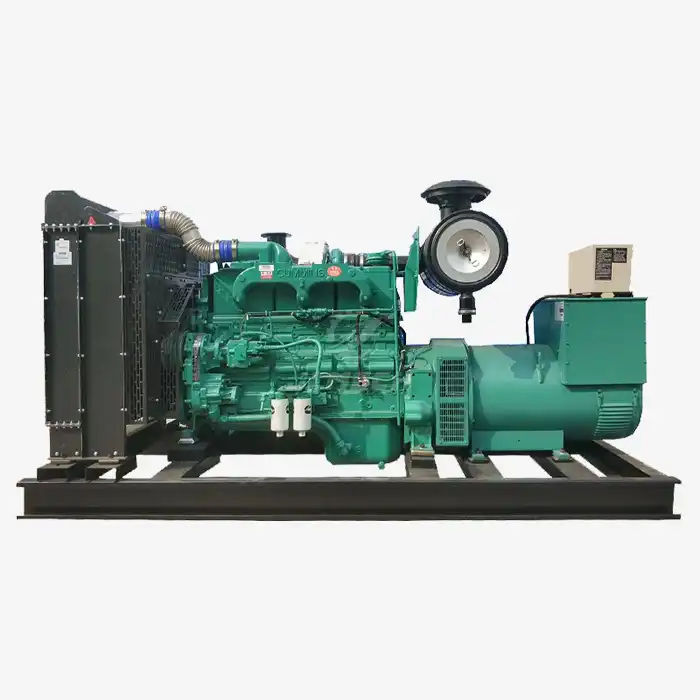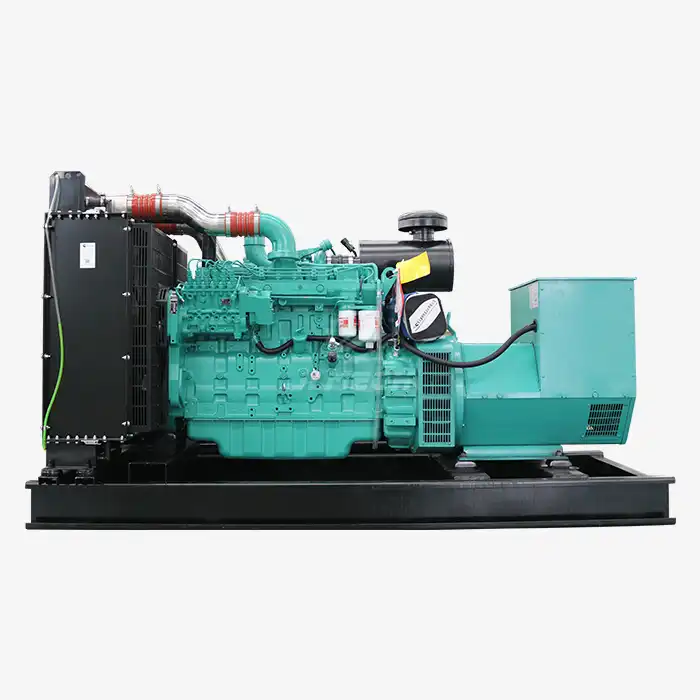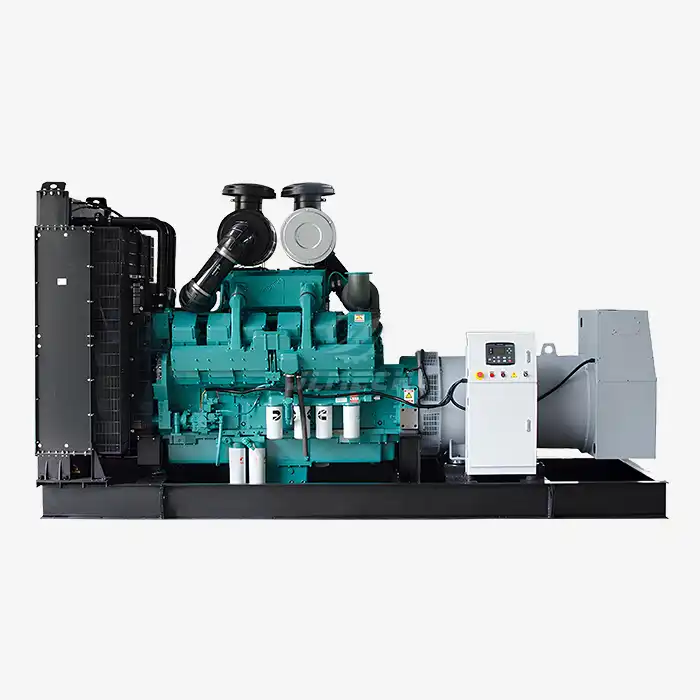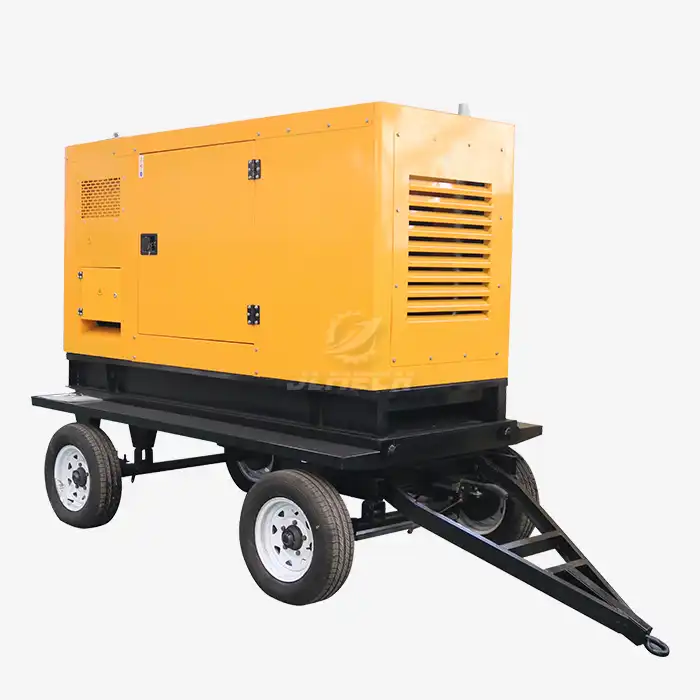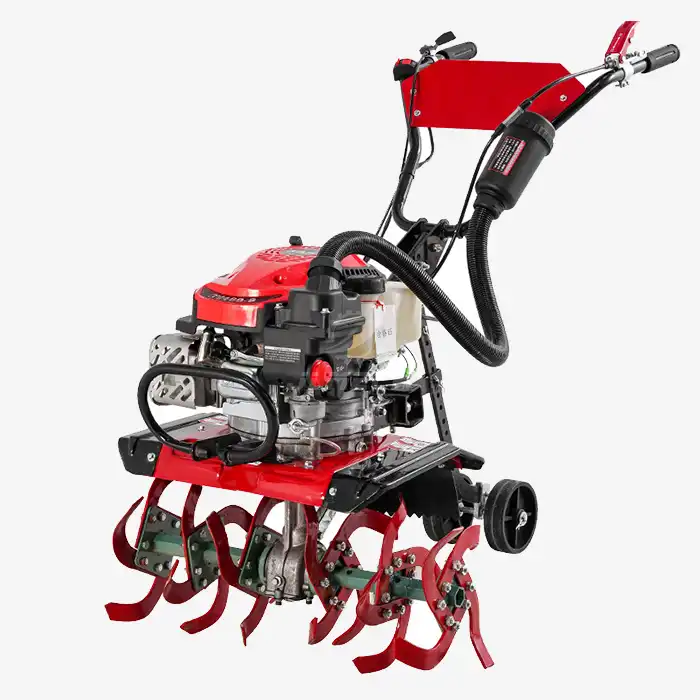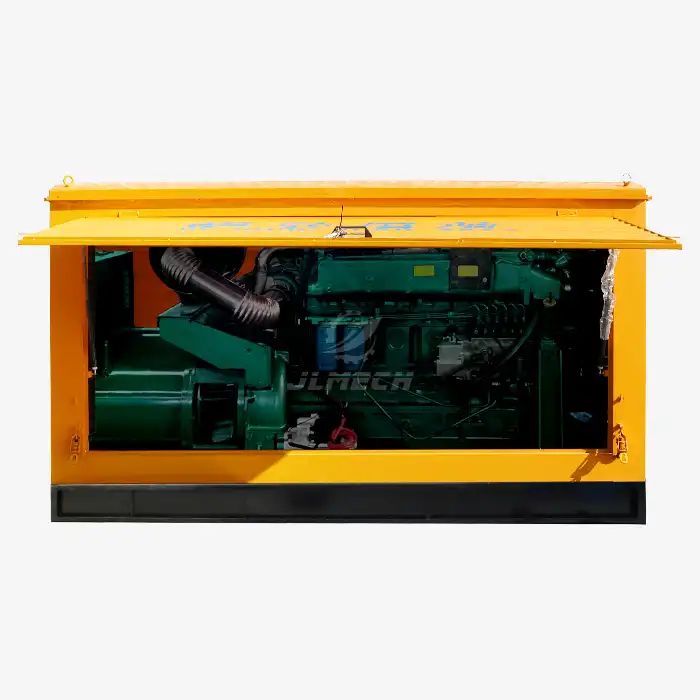How do I know if my generator is air-cooled or liquid-cooled?
Understanding your generator's cooling system is crucial for proper maintenance and operation. Air-cooled generators use fans and fins to dissipate heat directly into the surrounding air, making them simpler but limited in capacity and continuous operation. In contrast, a liquid cooled diesel generator employs a closed-loop system of coolant, radiator, and water pump to manage heat, allowing for higher power output, quieter operation, and extended running times. This fundamental difference impacts everything from maintenance requirements to suitable applications.
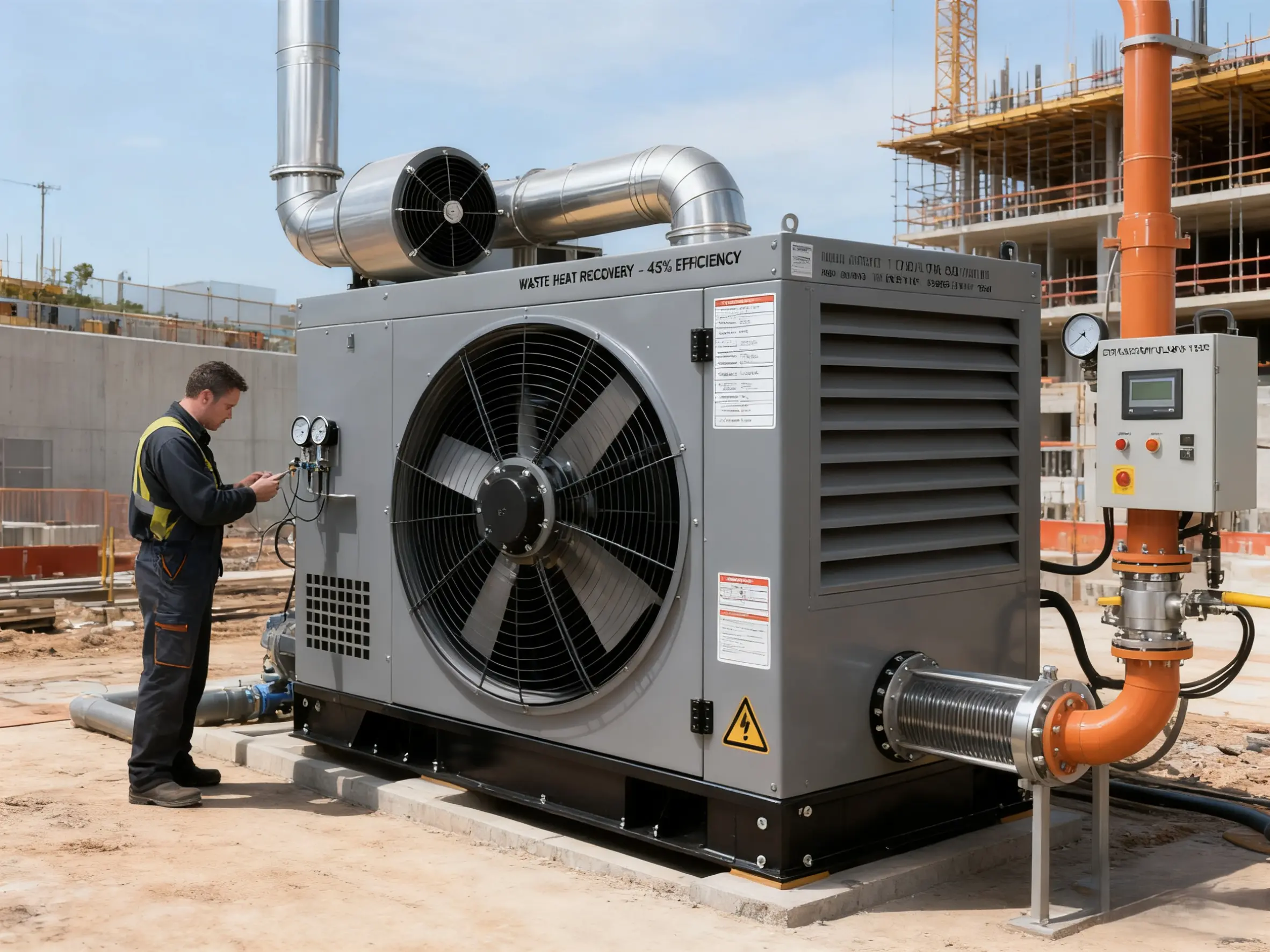
Visual Identification Methods
You can often determine the cooling type through simple visual inspection:
Look for a Radiator: The most obvious sign of a liquid cooled diesel generator is a radiator grille at the front of the unit, similar to a car. This is absent in air-cooled models.
Check for Coolant Reservoirs: Look for a transparent plastic reservoir tank with colored coolant (usually green, red, or yellow) and associated hoses running to the engine.
Examine the Engine Shrouding: Air-cooled generators typically have visible cooling fins on the engine block and a prominent external fan shroud directing air over these fins. Liquid-cooled units have a smoother, more enclosed engine appearance.
Assess Size and Weight: For the same power output, a liquid-cooled unit is generally more compact in footprint but significantly heavier due to the radiator, water pump, and additional coolant.
Operational Characteristics
The way a generator behaves and sounds during operation provides clear clues:
Noise Level: Air-cooled generators are notably louder due to the constant high-speed fan required for cooling. A liquid cooled diesel generator operates much more quietly, as its radiator fan only engages when needed and runs at lower speeds.
Heat Management: After several hours of operation, feel the air around the generator (carefully!). Air-cooled models will exhaust a large volume of very hot air from the shroud. Liquid-cooled models reject heat more efficiently through the radiator with less noticeable hot airflow.
Consistency Under Load: Liquid-cooled systems maintain a more stable engine temperature under prolonged heavy load, often resulting in more consistent power output.
Technical Specification Check
When visual inspection is not possible, technical documentation provides definitive answers:
Nameplate and Model Number: Check the manufacturer's nameplate on the generator. The model number often contains codes indicating the cooling type (e.g., "LC" for liquid cooled). The specification section will explicitly state the cooling method.
Power Rating: As a general rule, generators rated below 20kW are often air-cooled, while most units above 22kW are liquid cooled diesel generator systems. There are exceptions, but this is a reliable initial guideline.
User Manual: The operator's manual will have a detailed specifications section that clearly defines the cooling system type, capacity, and maintenance procedures.
Selection Advice Guide
Choosing the right type depends on your specific needs:
Choose Air-Cooled If: You need a portable, lower-cost solution for emergency backup or intermittent use (e.g., powering essentials during short outages at home, for recreational use, or on a small job site). They are simpler to maintain but best for powers under ~20kW.
Choose a Liquid-Cooled System If: You require a generator for prime power, continuous operation (over 8-12 hours), high power output (22kW+), noise-sensitive environments, or extreme climates. The superior cooling and durability of a liquid cooled diesel generator make it ideal for industrial, agricultural, commercial, and residential whole-house backup applications.
Conclusion
Identifying your generator's cooling type is straightforward through a combination of visual inspection, operational observation, and reviewing technical documents. Understanding this distinction is key to performing correct maintenance and setting realistic performance expectations. For critical applications requiring reliability, extended runtime, and quiet operation, a liquid cooled diesel generator represents the industrial-grade standard.
At JLMECH, we combine extensive expertise in power generation with an unwavering commitment to quality and performance. Our team specializes in both air-cooled and liquid-cooled systems and can help you determine the ideal solution for your specific power requirements, ensuring you get the performance and reliability you need.
Contact our expert team for assistance. Email us at skala@whjlmech.com for help identifying your equipment or to discuss your next power generation project.
References
International Organization for Standardization. (2018). ISO 8528-5: Reciprocating internal combustion engine driven alternating current generating sets - Part 5: Generating sets.
National Fire Protection Association. (2022). NFPA 110: Standard for Emergency and Standby Power Systems.
Johnson, M. (2022). Emergency Power Systems: A Comprehensive Guide to High-Speed Diesel Generators. Power Engineering Quarterly, 45(3), 78-92.
Deere & Company. (2021). Fundamentals of Generator Cooling Systems. Technical Publication TM6060.



